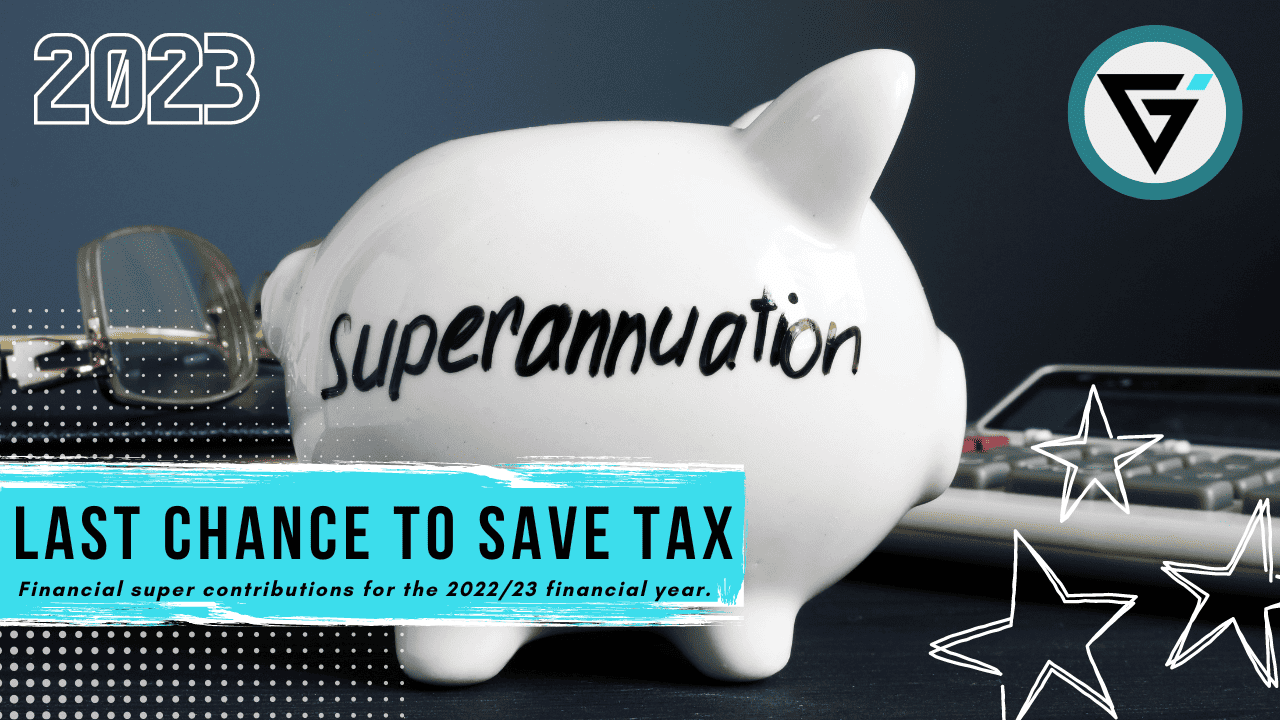With the government announcing 10,000 new spots under the First Home Loan Deposit Scheme (FHLDS) in the latest federal budget, I thought now was as good a time as any to explain to you exactly how this scheme works and outline the new criteria which must be met in order to access this new tranche of spots. As always, I will also give you my opinion on this scheme and discuss if it could form part of your financial strategy.
The whole scheme is built around helping first home buyers get into the property market with a small deposit and without paying lenders mortgage insurance (LMI).
Ordinarily, if you have less than a 20% deposit plus costs, you will pay an additional fee called LMI. Although it’s called “insurance”, LMI does nothing to protect you. It protects the lender as they see you as high-risk due to the high level of borrowing against your property.
LMI can be a significant cost and it is normally financed into your mortgage. Under the FHLDS, first home buyers can potentially save up to $10,000 in LMI.
The minimum deposit you need under the FHLDS is generally 5% plus costs but can be more as individual lenders criteria also apply. So for example, 5% of a $400,000 house is $20,000. The government guarantees the remaining 15% of the value of your property to put you into the low-risk category and prevent you paying LMI.
Now I have mentioned “plus costs” a number of times and this is probably worth clarifying. When you buy house, there are a number of expenses that come with that purchase which you also need to pay for. For example, settlement agent fees, building inspection, pest inspection, mortgage application fees, adjustments to shire and water rates, etc.
The biggest cost is ordinarily stamp duty, but as a first home buyer you can get a stamp duty exemption if you restrict the price of your purchase to the allowable limit. The maximum purchase price without paying stamp duty varies from state to state.
So in order to be eligible to buy a house under the FHLDS you generally need a 5% deposit plus enough money to cover these costs we just touched on. Your mortgage broker or lender will be able to give you a full estimate of all the costs involved based on the property price you are looking at.
Now here is the catch. When the scheme was originally bought out at the beginning of 2020, you could use this scheme on an established home. However, the additional 10,000 spots are only available for a new home purchase which they are dubbing the FHLDS New Home Guarantee.
I must admit I was very disappointed when I heard this change. Personally, I don’t think that first home buyers should be buying a brand-new home because, as a first home buyer, you have a limited budget and with that budget you should be allocating it as much as possible to the land and not the house. It is the land that will appreciate in value and the house itself is just a luxury item that will depreciate. If you want to learn more on this, refer to my blog titled “The most important factor in property investing”.
I can understand why the government made this change as they want to stimulate the economy and one way to do that is to get first home buyers to pump money into the building industry through new home constructions. However, I am looking at it from the perspective of an first home buyers and this change to the scheme is not beneficial to their financial situation.
In order for the house to be classified as a ‘new home’ it has to be either a:
- Newly constructed dwelling;
- Off-the-plan dwelling;
- House and land package; or
- Land and a separate contract to build a new home.
There are other eligibility criteria which need to be met under the FHLDS New Home Guarantee as follows:
- Income test. As a single person you must earn less than $125,000 p.a. and as a couple your combined income must be less than $200,000 p.a. To prove this, you will need to show your notice of assessment for the previous financial year.
- Prior ownership test. You can’t have owned a property, or an interest in a property, previously. You must be a genuine first home buyer.
- Citizenship test. You must be an Australian citizen to access this scheme. If you are purchasing with someone else, you both need to be Australia citizens. Having only a permanent residency is not sufficient.
- Minimum age. You need to be at least 18 years old.
- Owner occupied requirements. As with most first home buyer benefits, you need to move into the house within 6 months of purchase. However, there is an additional requirement under the FHLDS and that is, you need to continue living in the property while there is still a guarantee under this scheme. This means, you need to get your loan down to an 80% loan-to-value ratio (LVR) before you can move out and treat the property as an investment. If you don’t, you will need take out LMI that otherwise would have applied.
- Property price cap. The value of the property you purchase must not exceed the allowable property price cap limit. These limits have changed for this new tranche of spots and vary depending on the region of your property. There is a table at the end of this blog which outlines the relevant limits.
If you are eligible for the scheme, your lender will apply on your behalf. You can’t apply directly. Also, just bear in mind that not every lender participates in the scheme however, most lenders do. There are over 20 participating lenders and each lender has a set number of spots. So once those spots are gone, the scheme won’t be available through that lender.
Just bear in mind, this scheme is not the only way to avoid LMI. Aside from saving up a 20% deposit, you can also avoid LMI using a guarantor or financing through a government lender like KeyStart. However, both of these come with a whole new set of considerations you need to make.
Another benefit of this scheme, other than saving LMI, is that you will generally get a better interest rate on your loan. If you borrow more than 80% of the value of your house, and don’t have a guarantor, you will pay a higher interest rate as you are high-risk. Under this scheme you can access the best rates the lender has to offer.
So what are my thoughts on the FHLDS New Home Guarantee?
As I already touched on, I don’t believe first home buyers should be building a new home unless there is a very good reason. There is nothing wrong with having a brand-new house but it is a luxury item and not the best way to build your wealth foundation. It is the same as your first car shouldn’t be brand new from the dealer – nothing wrong with a cheaper car that has a few kilometres on it.
If you do have your heart set on building then sure, this scheme may help. I hate the concept of paying LMI and this is another way first home buyers can avoid that unnecessary expense. However, nothing beats good old-fashioned savings.
I am a big believer that equity creates security. The more equity you have in your house, the more secure your financial position is. For instance, if property prices fall then those people with little equity in their house might end up with the value of the loan exceeding the value of your house. This becomes a real problem if you need to sell your property as you are left with residual debt.
In addition, the higher your loan balance is, the more demanding it is on your cash flow as loan repayments will be higher. You will also be more susceptible to interest rate risks. An increase in interest rates will impact your cash flow, particularly if you have a higher loan balance.
In a prefect world, I would like to see you save up a 20% deposit to purchase your first house. This is the goldilocks situation that will provide you the best foundation to build further wealth. But I do understand that some people are eager to get into the property market sooner and this scheme is good for the eager beavers that want to build.
In summary, I wouldn’t use this scheme because one, I don’t think a brand new home is the best move for a first home buyer and two, saving up a 20% deposit trumps the use of schemes to avoid LMI.
| Region | NHG property price cap |
| NSW – Capital City and Regional Centre | $950,000 |
| NSW – Other | $600,000 |
| VIC – Capital City and Regional Centre | $850,000 |
| VIC – Other | $550,000 |
| QLD – Capital City and Regional Centre | $650,000 |
| QLD – Other | $500,000 |
| WA – Capital City | $550,000 |
| WA – Other | $400,000 |
| SA – Capital City | $550,000 |
| SA – Other | $400,000 |
| TAS – Capital City | $550,000 |
| TAS – Other | $400,000 |
| Australian Capital Territory | $600,000 |
| Northern Territory | $550,000 |
| Jervis Bay Territory & Norfolk Island | $600,000 |
| Christmas Island & Cocos (Keeling Island) | $400,000 |










